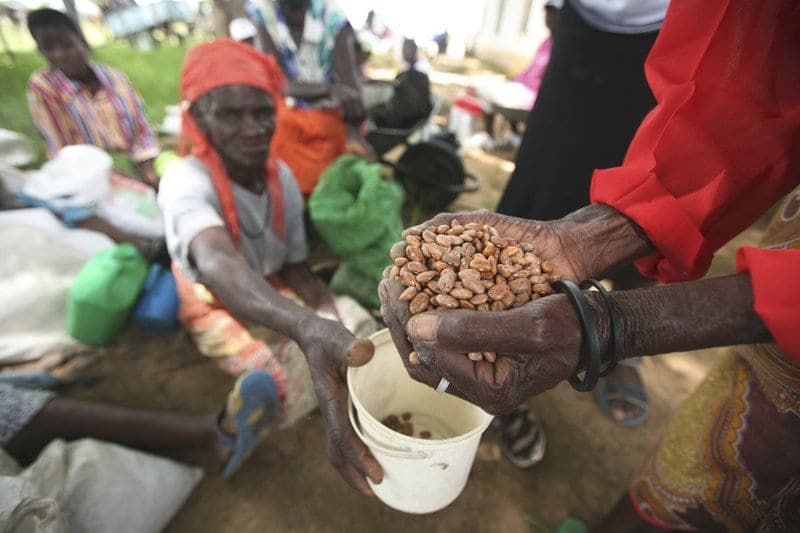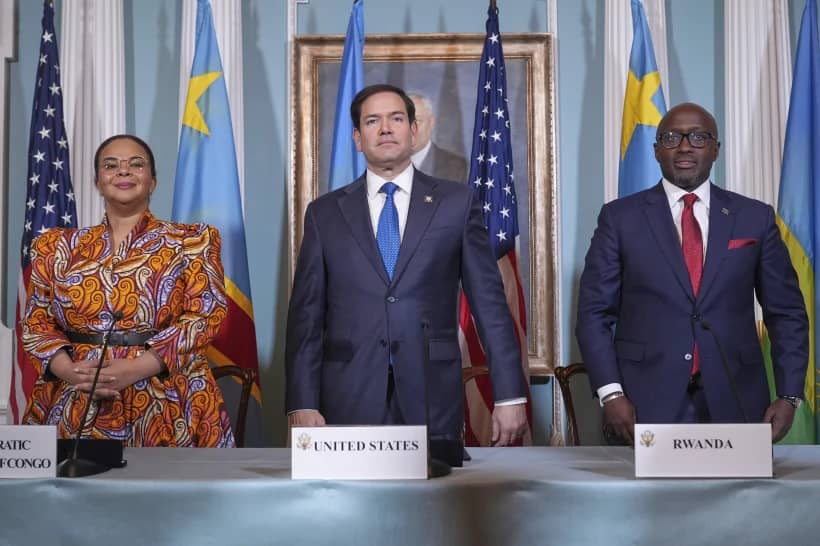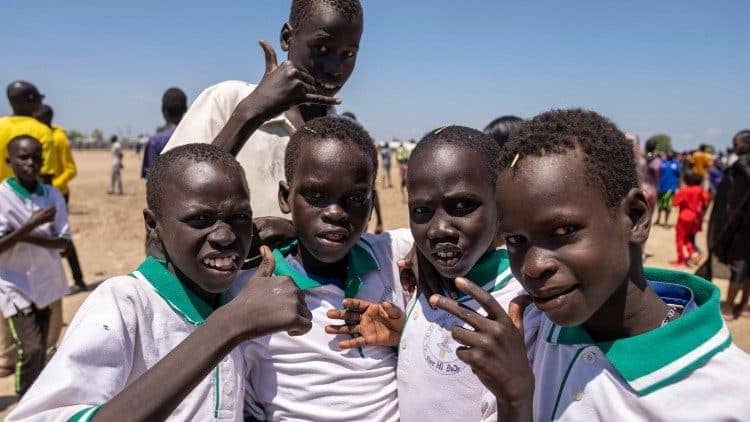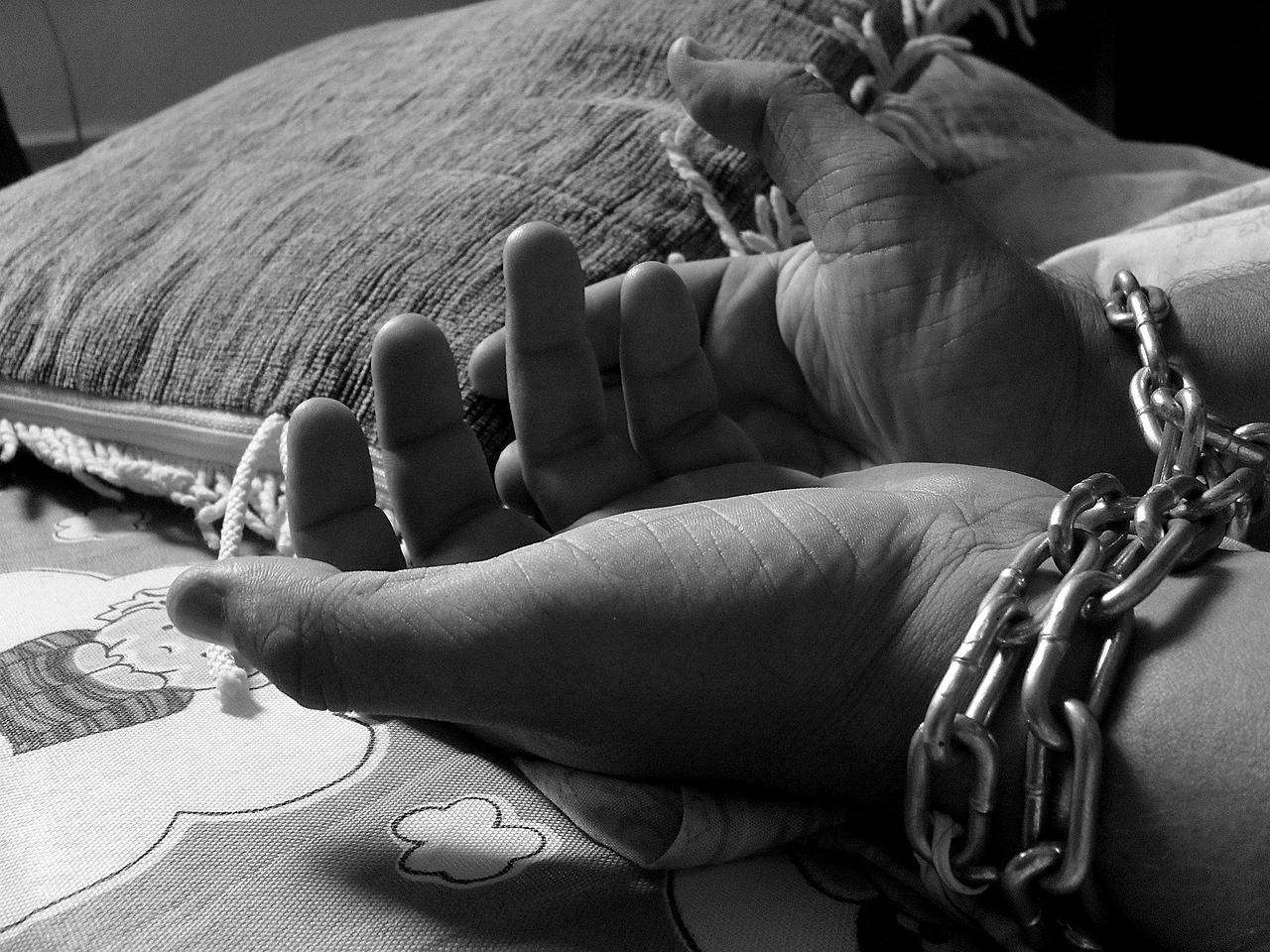YAOUNDÉ, Cameroon – For millions of people in the southern African nations of Zimbabwe and Zambia, the next few months will be critical.
Both countries are facing a major food crisis – it is estimated 7.7 million people are affected in Zimbabwe and 1.7 million in Zambia.
CAFOD – the international development agency of the bishops’ conference of England and Wales – says local Church emergency response experts are already in communities, identifying families in the greatest need.
Crux spoke to Verity Johnson, CAFOD’s Country Representative for Zimbabwe, about what the aid agency is doing to help.
Crux: CAFOD has launched a fund-raising appeal to help millions out of hunger in Zimbabwe and Zambia. Just how much money are you looking at?
Johnson: CAFOD and Caritas in Zimbabwe have launched an appeal for $1 million to specifically respond to the crisis seeking to provide food for 17,000 people. In addition, we want to scale up our work providing water and farming inputs such as seeds to people who have lost everything so that they are able to re-build their lives. But there are great needs beyond the provision of food – people’s access to water and basic services have also been affected by the crisis and we seek to work with our local partners in responding to the underlying causes as well as the immediate crisis.
What has been the response so far?
This is a continuing crisis. In 2019 due to the huge generosity of the Catholic community we were able to respond to those affected by Cyclone Idai as well as adapt and launch programs to specifically mitigate against the oncoming drought. This work has had an enormous impact on local communities: In some areas the people we work with have managed to harvest despite the terrible drought as we have supported them with access to water for irrigation, but other areas are still in dire need. CAFOD and other agencies, including the United Nations, have been distributing food to those in greatest need but many more are still in need of assistance.
Just how big is the problem of hunger in the two countries?
Hunger is a huge problem – nearly 8 million people, half the population of Zimbabwe, do not have enough to eat. They do not have enough to meet their basic calorie requirements for the day. This leads to terrible suffering, sickness and disease as well as families taking desperate measures such as selling all their assets which means it will be much harder for them to recover in coming years.
In Zambia the devastating effects of an extreme dry spell has withered crops, leaving more than 1.7 million people struggling to feed themselves. The United Nations expects that the 1.7 million people affected by hunger will rise to 2.3 million during the ‘lean season’ – which started in October and will go on until March 2020. Over the coming months, food insecurity is expected to worsen in 58 drought-affected districts in the southern and western parts of the country.
What are the major drivers of the problem?
Zimbabwe has suffered multiple shocks, extreme weather including cyclones, flooding and drought as well as an economic crisis. There has been massive inflation of food prices and shortages of many basic commodities, at the same time poor rainfall has seen harvests fail. The majority of people in Zimbabwe depend on rainfed agriculture but in recent years the rains have been poor and erratic, and people have not been able to grow enough to eat. Last year [2019] was particularly bad. Southern Africa is warming at twice the global average and climate change is being felt harshly. This year’s harvest was 40 percent below the 5-year average and the country faces a cereal deficit of staple food [cornmeal] of over 700 thousand tons this year.
Zambia has faced one of the poorest rainfall seasons in 2018-2019, which has left the southern and western parts of the country facing a severe drought. Crop production has been devastated and livestock have started to die from diseases.
How would you describe the way the governments of the two countries have been handling the crisis?
The government of Zimbabwe declared a national disaster around the food crisis last year. They have been working with aid agencies to support the response. Zambia has not yet declared a national emergency.
What message would you give potential donors to convince them to donate?
Families in Zimbabwe and Zambia work incredibly hard to live and thrive in a difficult environment; terrible drought and economic crisis have pushed millions over the brink. They now need outside help to get through this season and then to re-build their lives and livelihoods.
On the ground, what are the affected populations telling you?
We’re hearing from mothers who are not able to feed their children and who are going without themselves to put food on the table. Our local partners and aid experts have heard from women who are not able to breastfeed their babies as they are not eating enough themselves. People are desperate and have exhausted their ability to cope with the situation.
Crux is dedicated to smart, wired and independent reporting on the Vatican and worldwide Catholic Church. That kind of reporting doesn’t come cheap, and we need your support. You can help Crux by giving a small amount monthly, or with a onetime gift. Please remember, Crux is a for-profit organization, so contributions are not tax-deductible.














